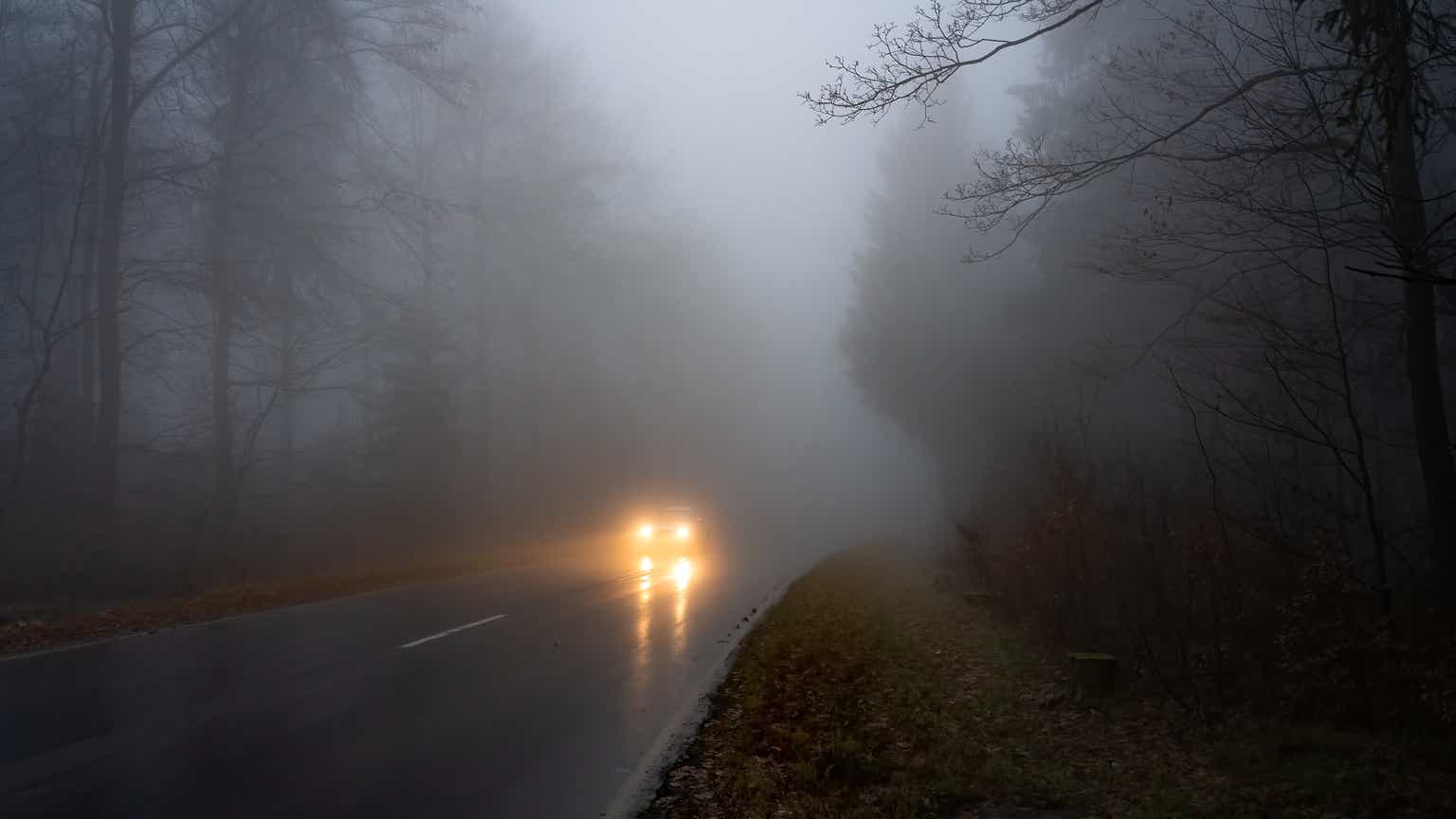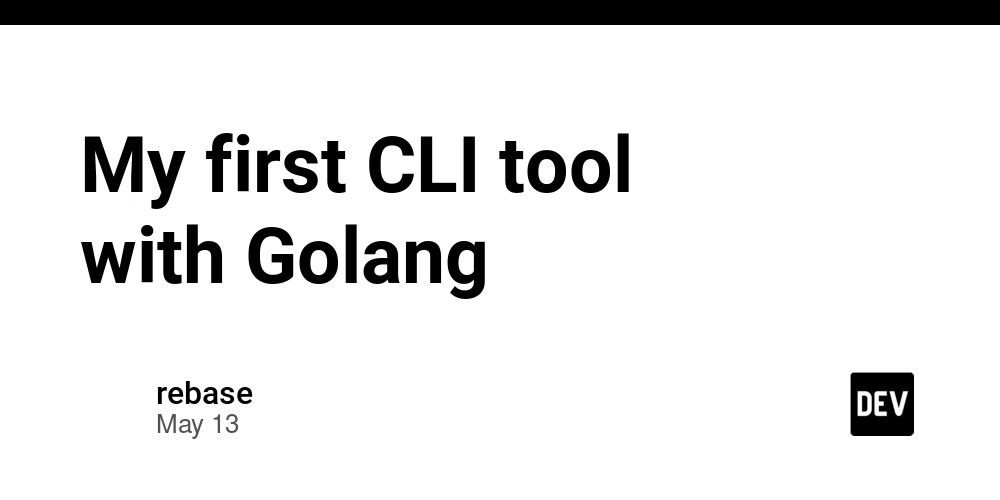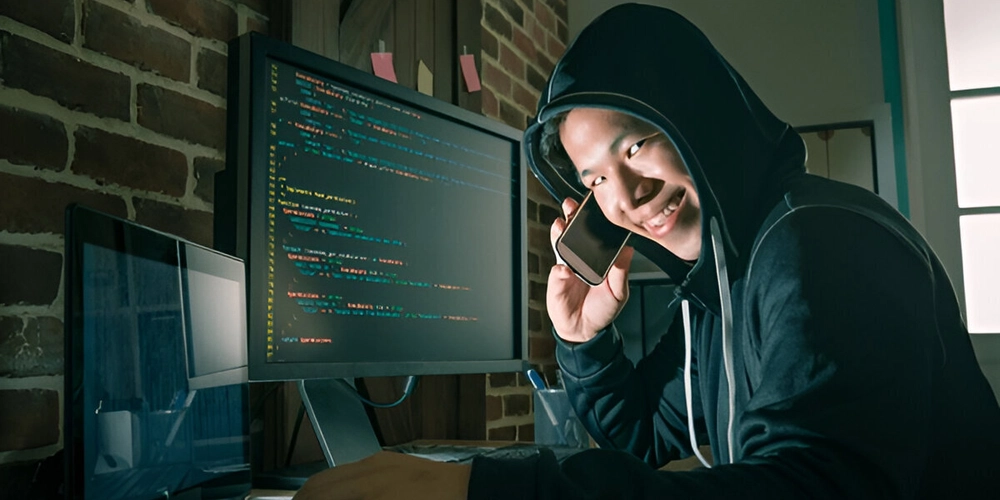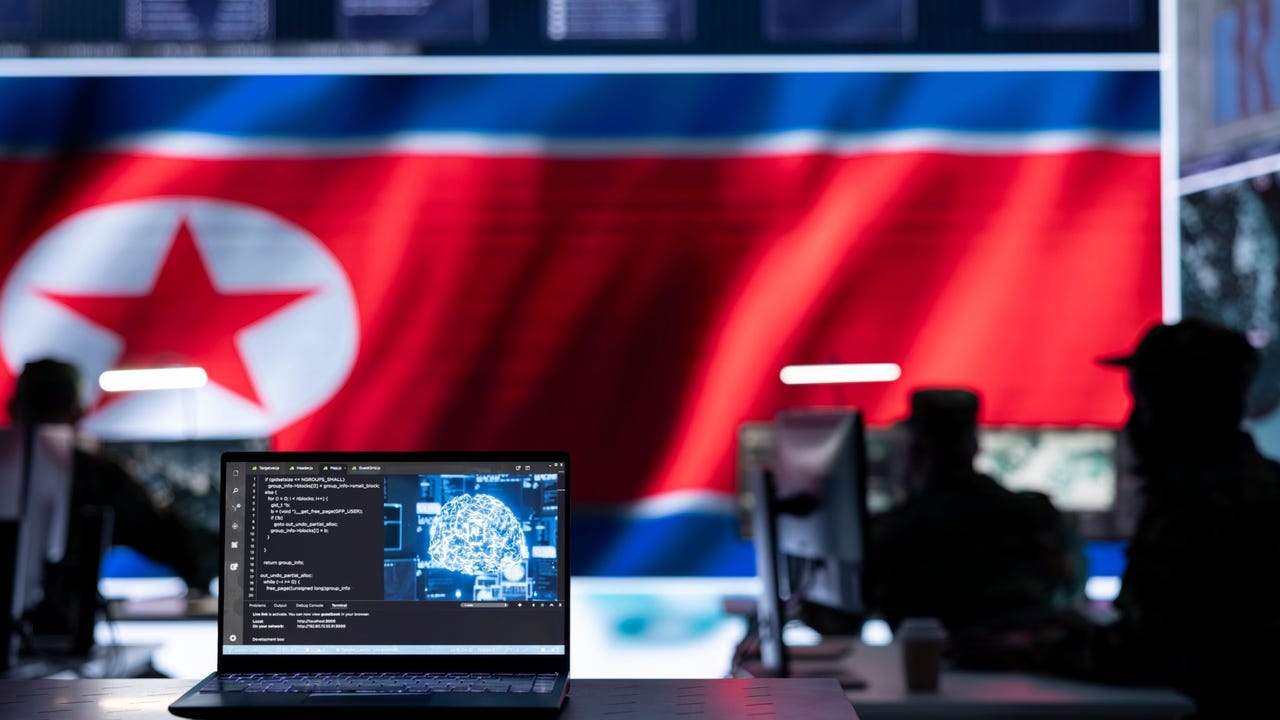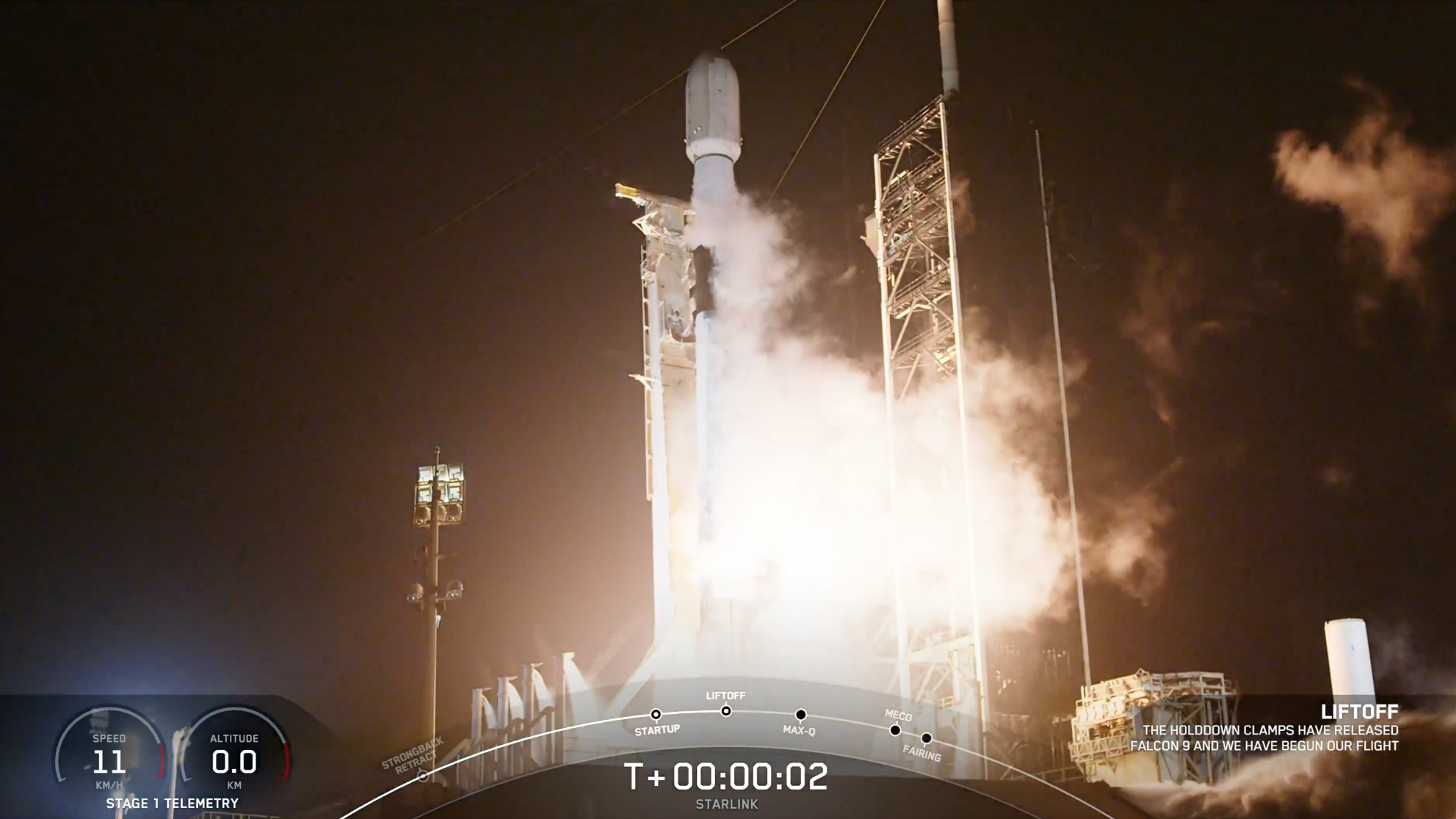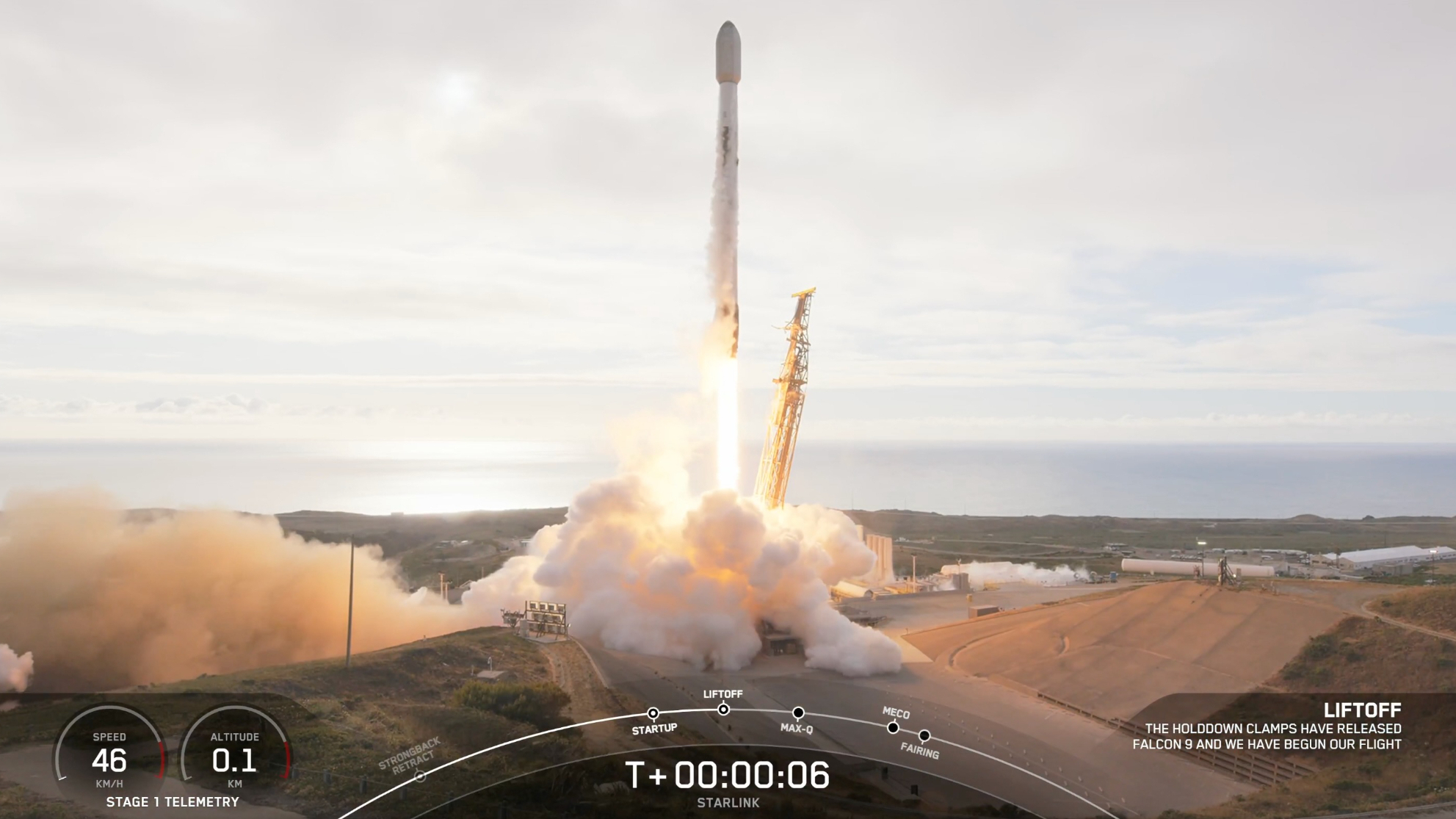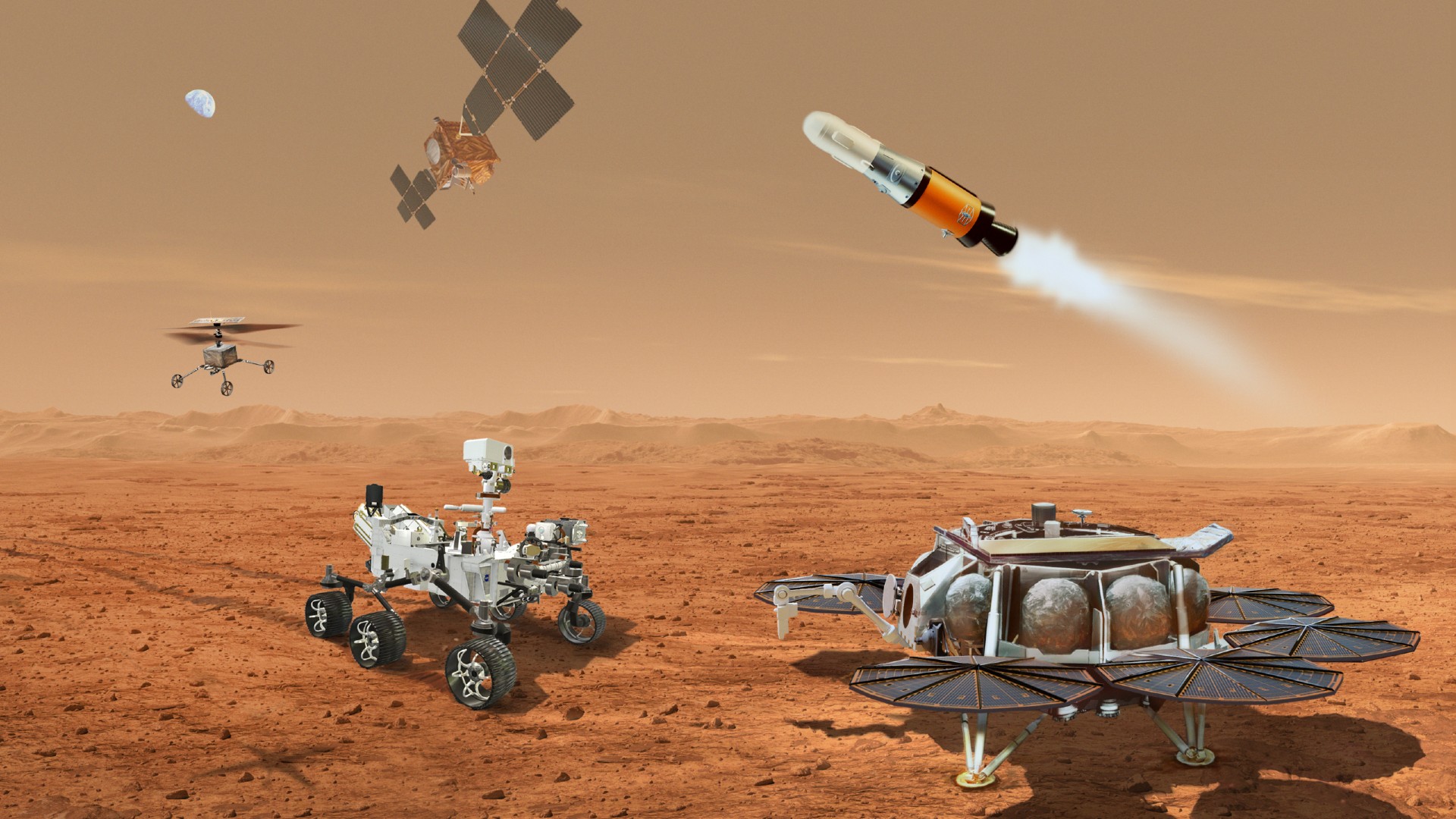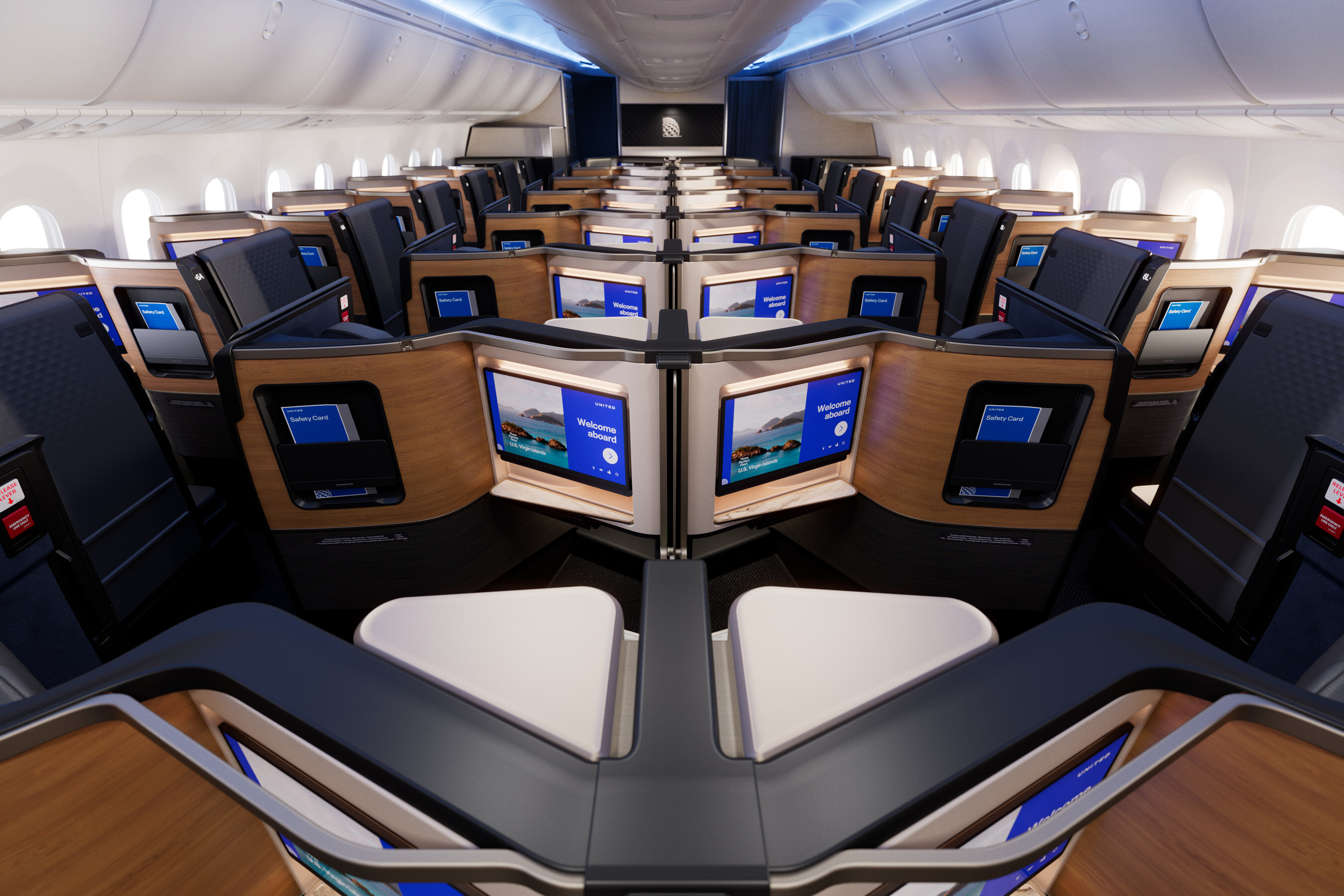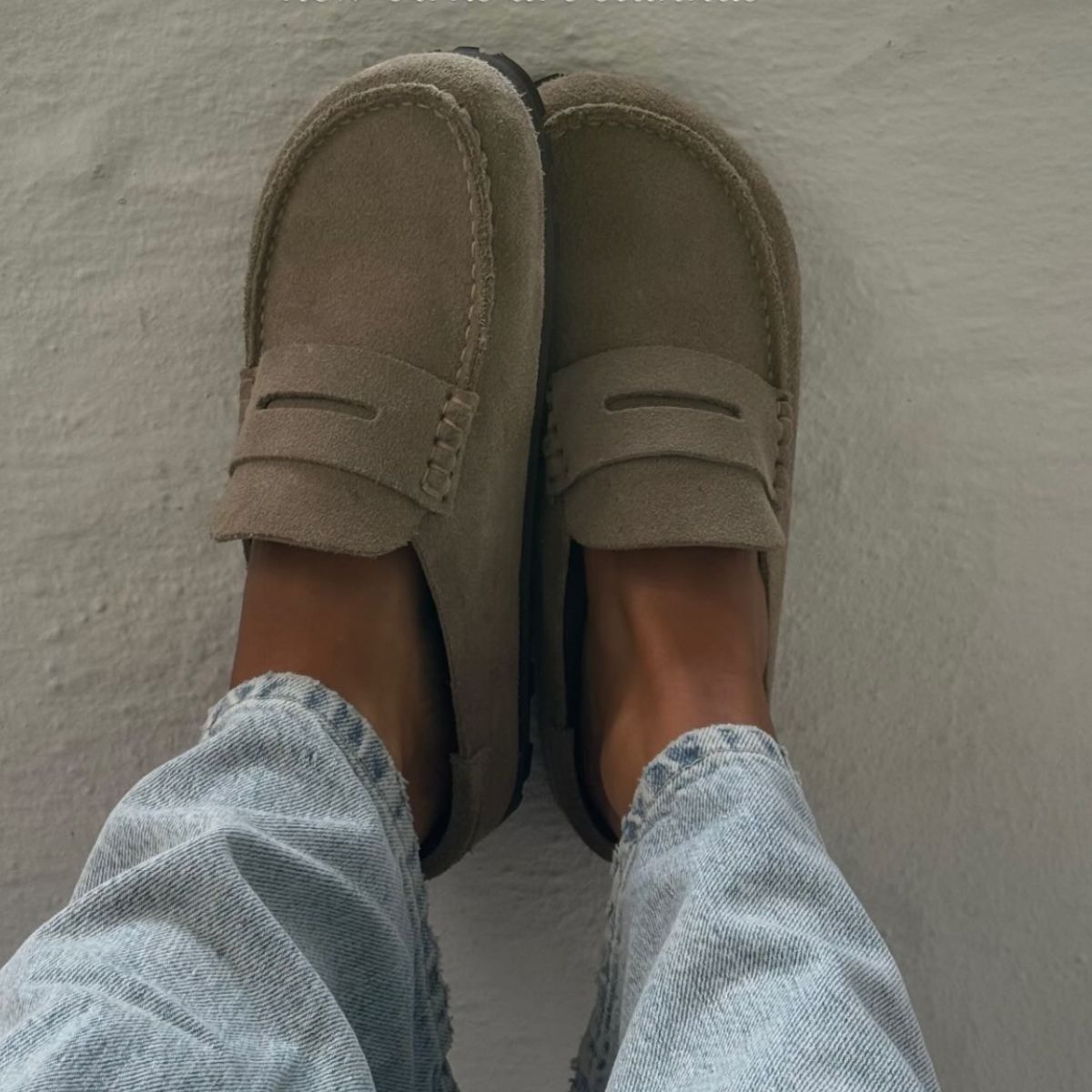Australia’s Liberal opposition elects first female leader
“We have to have a Liberal Party that respects modern Australia," Sussan Ley said in her first press conference after becoming the Liberal leader.

Australia’s center-right Liberal party has elected Sussan Ley as its new leader, the first woman to head the party since it was founded in 1944, taking up the task of leading the opposition back to government after a devastating election loss 10 days ago.
Ley is also the first woman to lead Australia’s opposition in the country’s history. The nation’s first female prime minister, Julia Gillard, became leader of the Labor Party in 2010 while it was in office.
A former shearers’ cook and air traffic controller, Ley served as health minister and environment minister in the Coalition government that held power from 2013 until it was defeated by Prime Minister Anthony Albanese in 2022. Over the past three years, she has been deputy leader of the party.
Ley is viewed as more of a moderate than her opponent Angus Taylor, who she defeated in a leadership ballot by 29 votes to 25, potentially foreshadowing a move by the party back toward the center ground following its defeat.
“We have to have a Liberal Party that respects modern Australia, that reflects modern Australia and that represents modern Australia,” Ley said in her first press conference in Canberra after taking up the role. “I want to do things differently, and we have to have a fresh approach.”
Ley largely avoided ruling policies in or out following her elevation to the party’s leadership. While she said she supported reducing carbon emissions, she didn’t commit to keeping a policy of net zero emissions by 2050.
The new Liberal leader is also the first to represent a seat outside of a major city in more than four decades, her electorate of Farrer is located in country New South Wales, highlighting the growing erosion of support for the Liberal-National Coalition in Australia’s urban centers. She will need to win back city-based voters over the next three years.
Ley will face an uphill battle to return to government at the next election, due in 2028, after the Coalition suffered its worst defeat since its creation in the vote on May 3.
At the latest count, the Labor government is leading in 94 out of 150 seats in the lower house of Parliament, according to the Australian Electoral Commission, with the Coalition holding only 43. In comparison, ahead of the 2022 election, it held 77 seats.
Both Liberal senators and lower house representatives voted in the leadership ballot.
The news came after Albanese swore in his new cabinet on Tuesday morning, with key ministers largely unchanged including Treasurer Jim Chalmers and Foreign Minister Penny Wong. However, factional power plays overshadowed the new team, with both the attorney general and minister for industry from Albanese’s first term dumped from their portfolios.
Albanese will travel to Indonesia on Wednesday to meet with President Prabowo Subianto, a symbolic first trip since his re-election to highlight the importance of the vast archipelago to Australia’s north.
This story was originally featured on Fortune.com







